Do you want to study journalistic Photography? But, only have a little time?
In just 30 minutes, you can master and understand the influential art of journalistic Photography.
Photojournalism is a form of journalism that uses visual storytelling through photographs to tell the public about news, events and stories. It is about capturing and documenting moments to provide visual narratives that inform, enlighten and evoke emotions in the viewer.
A photojournalist is a trained professional who works for various media companies such as newspapers, magazines and his platforms online. They are responsible for visually documenting current events, social issues, conflicts, and human interest stories using their Photography, composition, and storytelling skills.
Every profession must have its own rules. Becoming a journalistic photographer is no exception.
You must recognize the code of ethics before going more profound as a journalistic photographer.

The code of ethics is a procedure for behaving. Ethics in photojournalism internationally is regulated by the National Press Photographers Association's Code of Ethics. The code of ethics has the function of regulating what is permissible and what is not permissible. This code of this is intended to prevent the occurrence of violations.
Here are 9 codes of ethics that a journalist or photographer must comply with as follows:
Accurate and Comprehensive
The photos taken must convey complete and accurate information about the presented subject. A photo must cover several aspects, such as details, context, emotion, and the photo's essence.
Thus, the photos taken have significant value.
Without even realizing it, accurate and comprehensive photos can be the key to building trust in the public.
Complete
Journalistic photographers must be able to capture all relevant and complete aspects according to the subject being photographed so that it can convey a more profound message from the photo.
Avoid Stereotypes
When taking photos, journalistic photographers must actively explore and represent the diversity in society because each individual or group has a unique diversity.
So, the photos taken can create a more inclusive, diverse, and fair workload o that can represent human diversity profoundly and comprehensively.
Treat Subjects with Respect and Dignity
When taking photographs, it is essential for a journalistic photographer to treat the subject being photographed with respect and dignity. That means respecting the integrity, human rights, and dignity of each subject in the photo.
Every time a photo is taken, a journalistic photographer must ensure that it does not violate privacy or demean or embarrass the subject in the photo so that it can create a more meaningful photo.
No Interference
As a journalistic photographer, you must maintain integrity and honesty in photographing the subject. So, When taking photos, it must be objective and let events develop naturally without interference to maintain public trust in photos as a medium that maintains the importance of honesty.
Must-Have Integrity
In editing photos, you must maintain the integrity and authenticity of the photos taken. Do not add excessive pictures or sounds unsuitable for the subject.
Not allowed to pay anything to sources
A photojournalist may not pay sources or subjects for information and participation. This code o ensures that the information presented to the public is based on truth, not other motives that can influence the subject.
Intentional Sabotage Is Not Allowed
A journalistic photographer may not sabotage other journalistic Photography. Supposedly, journalistic photographers must respect each other and work collaboratively to achieve the goal of presenting the truth to society.
In carrying out the profession as a Photographer, one must remember the importance of following a predetermined code of ethics.
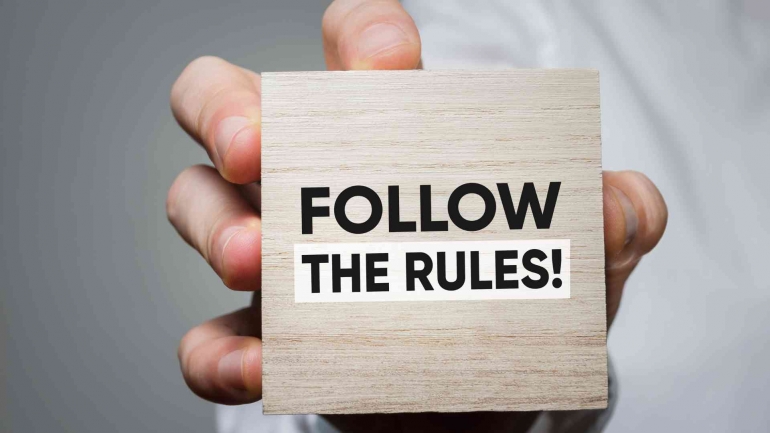
Please don't break it!
After recognizing and understanding the code of ethics of a photographer, then we will discuss the essential elements of Photography so that the results can be maximized.
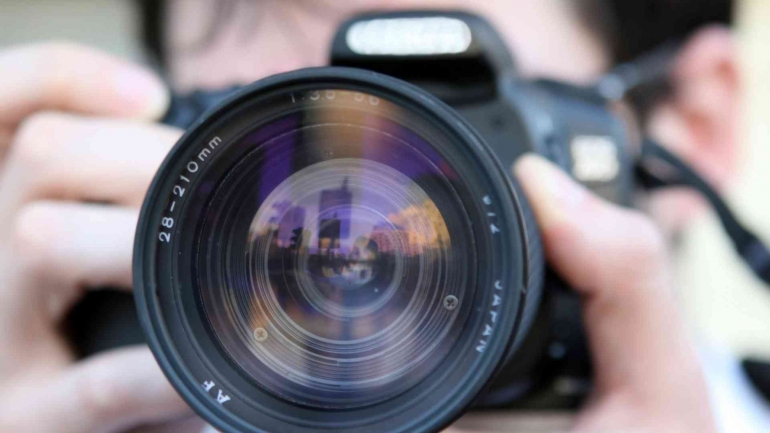
What are the essential elements of Photography?
There are four essential elements in Photography.
Light
Light sources used throughout the world of Photography are natural light (e.g. sun, moon, stars, etc.) and artificial light (e.g. lamps, candles, lanterns, lanterns, arrows, flash, studio lights, etc.).
There are 5 directions of lights, namely front lights, side lights, top lights, bottom lights and tail lights.
Motion
Motion effects bring photos to life. Motion photography includes slow motion (show action), the motion that follows the subject (pan), and fast motion until the subject freezes (stop action).
Focus
Focus allows essential images to be displayed optimally. Focus can make a deep impression. Photos can also blur the foreground or background. Adjusting the sharpness helps the image dimensions. When you have a good and precise focus so that you can have sharp images, the subject can look attractive and clear.
Composition
The composition can support the expression and beauty of the arrangement of shapes in a photo. Composition in Photography includes color, shape, field, texture, perspective, shape, rhythm, the balance of proportions, etc.
Composition is the easiest way to improve your photography skills.
If you shoot with good composition settings, the results of your photos will be better.
Do you already understand the essential elements of Photography?
If so, then it's time to recognize shooting techniques.
Who likes to get annoyed when the angle isn't right?
Come on, understand the shooting techniques so that the photos become interesting.
Extreme Long Shot
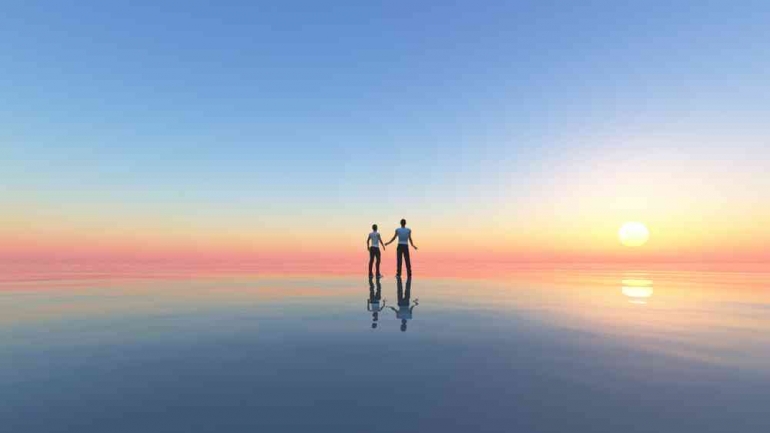
An extreme long shot is a technique in which the camera is placed as far away from the subject as possible, usually using a wide angle lens, to make the subject appear smaller than their surroundings.
Long Shots

The whole shot is a technique for shooting a wide area, meaning that the camera captures a large background area in addition to the main subject. Unlike extreme remote shooting, this technique has limitations when the subject is head-to-toe human but still leaves very little space around it.
Medium Long Shot
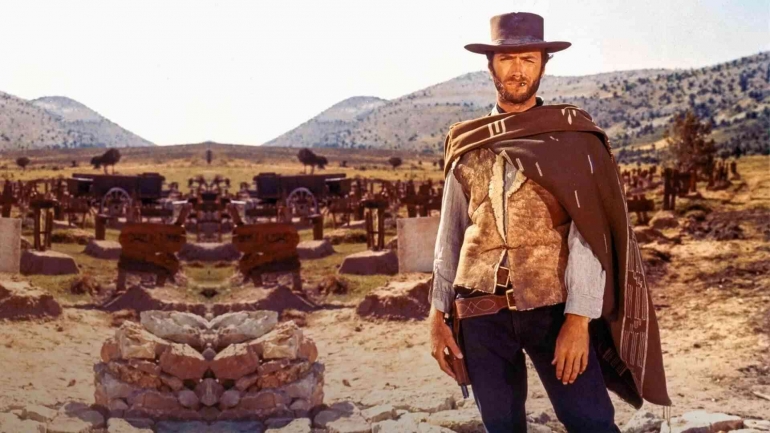
The medium shot is a technique with a narrow frame and only uses part of the body. If the subject of the photo is a person, the shot may only be taken from knee to head at some distance overhead.
Medium Shots
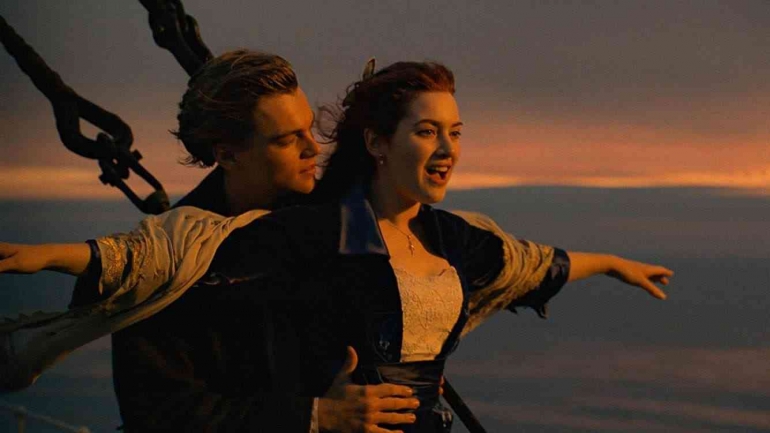
Medium shot is a technique of shooting from around the waist to the head. They are often used to show the subject's body language and facial expressions in more detail.
Close Up
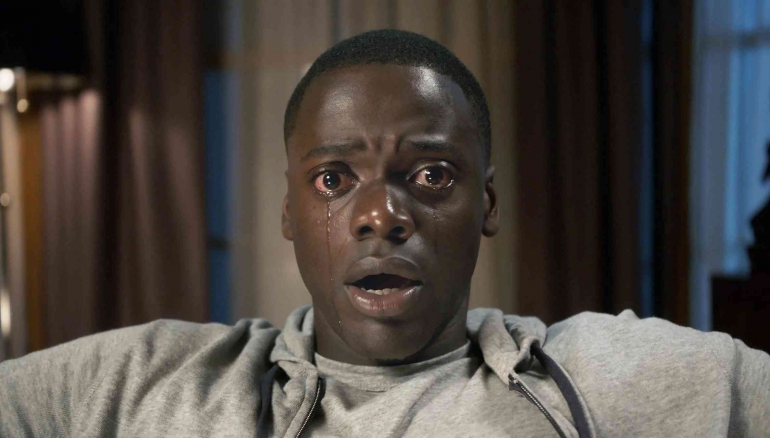
Close-up Photography is a technique for photographing closer objects. If the object is a human body, take it from shoulder to head. The close-up technique displays details of a person's character or expression.
Big Close Up
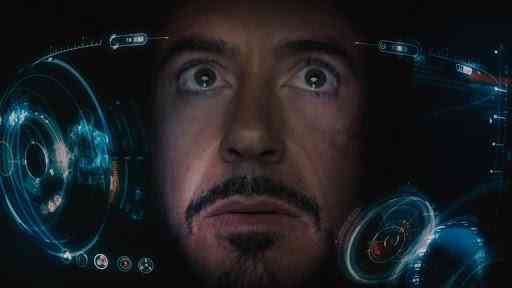
Close-up is a photography technique that only captures the details of a person's face. If the subject of the picture is a person, the limit for the picture is usually only the face. The goal is to highlight the expression more clearly.
Extreme close-up (ECU)

External close-up is a shooting technique focusing more on a specific subject part. The expansion of the frame area only focuses on certain parts, for example, people, namely the eyelids, nose or lips.
After getting to know the shooting techniques, do you understand some aspects of the world of Photography?
Baca konten-konten menarik Kompasiana langsung dari smartphone kamu. Follow channel WhatsApp Kompasiana sekarang di sini: https://whatsapp.com/channel/0029VaYjYaL4Spk7WflFYJ2H



















